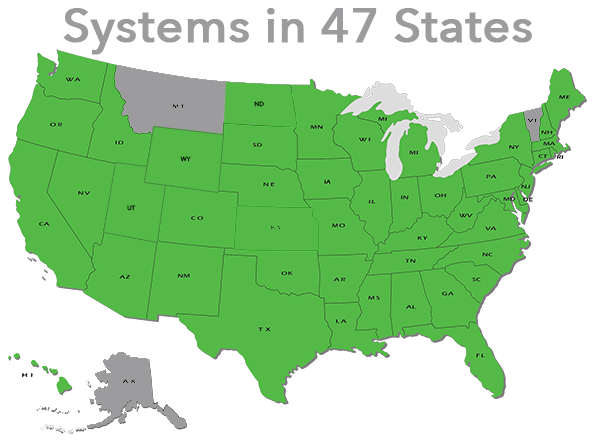What are the major sources and users of energy in the United States?
Last Updated: May 30, 2014
The major energy sources consumed in the United States are petroleum (oil), natural gas, coal, nuclear, and renewable energy. The major users are residential and commercial buildings, industry, transportation, and electric power generators. The pattern of fuel use varies widely by sector. For example, oil provides 92% of the energy used for transportation, but only about 1% of the energy used to generate electric power. Understanding the relationships between the different energy sources and their uses provides insights into many important energy issues.
How can we compare different fuels?
Primary energy includes petroleum, natural gas, coal, nuclear fuel, and renewable energy. Electricity is a secondary energy source that is generated from these primary forms of energy.
Primary energy sources are commonly measured in different units: one barrel (equals 42 gallons) of oil, cubic feet of natural gas, tons of coal. To compare across fuels a common unit of measure is used. The United States uses British thermal unit, or Btus, which measure fuel use by the energy content of each fuel source.
Total U.S. energy use in 2013 was about 97.5 quadrillion Btus. One quadrillion equals 1015, or one thousand trillion. One quadrillion Btus, often referred to as a quad, therefore represents about 1% of total U.S. energy use.
In physical energy terms, one quad represents 172 million barrels of oil (about nine days of U.S. petroleum use), 51 million tons of coal (about 5.5% of total U.S. coal consumption in 2013), or 1 trillion cubic feet of dry natural gas (about 1.4% of total U.S. natural gas use in 2013).
The number of quads used in 2013 from each primary energy source is shown in the pie chart on the right. Petroleum accounts for the largest share of U.S. primary energy consumption, followed by natural gas, coal, renewable energy (including hydropower, wind, biomass, geothermal, and solar), and nuclear electric power.
Which primary energy sources are used in each sector?
Primary energy is used in residential and commercial buildings, in transportation, and by industry. Primary energy is also used to generate electricity. The bar chart on the right shows the amount of primary energy used in each of these sectors. As you can see, electric power generation is the largest user of primary energy, followed by transportation.
The electric power sector uses primary energy to generate electricity, which makes electricity a secondary, rather than a primary, energy source. Nearly all electricity is used in buildings and by industry. This means that the total amounts of energy used by residential and commercial buildings, industry, and transportation are actually higher than the amounts shown on the graphics when electricity is included.
The lines in the graphic below connecting the primary energy sources on the left with the demand sectors on the right summarize the links between energy sources and sectors in the United States. For example, because all nuclear energy is used in the electric power sector to generate electricity, and nuclear represents 22% of the primary energy used by that sector, the line between nuclear energy and the electric power sector shows 100% on the nuclear (supply source) side and 22% on the electric power (demand sector) side.

The mix of primary energy sources varies widely across demand sectors. Energy policies designed to influence the use of a particular primary fuel for environmental, economic, or energy security reasons often focus on sectors that are major users of that fuel.
For example, because 71% of petroleum is used in the transportation sector, where it provides 92% of the total energy used, policies to reduce oil consumption have tended to focus on the transportation sector. These policies usually seek to increase vehicle fuel efficiency or promote alternative fuels. About 91% of coal, but only 1% of petroleum, is used to generate electricity, which means that policies affecting electricity generation are likely to have a much larger impact on coal use than oil use.
Some primary energy sources, such as nuclear and coal, are entirely or predominately used in one sector. Others, like natural gas and renewables, are more evenly distributed across sectors. Similarly, while transportation is almost entirely dependent on one fuel (oil), electric power uses a variety of fuels.
Do sources and uses of energy change?
Linkages between fuels and sectors can and do change over time, but the change tends to occur slowly. For example, coal was once used extensively as a fuel for heating homes and commercial buildings, but that use of coal has decreased to almost nothing in the United States over the past half-century. Although renewable energy is still relatively small as a share of total primary energy in the transportation and electric power sectors, its role has been growing.
























